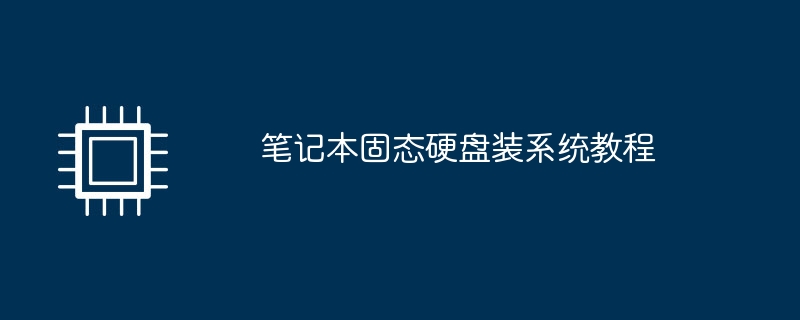

In the computer startup item, select Uqitong and enter the Uqitong PE page. In Youqitong PE, click to open this computer. In My Computer, choose to open the win10 system folder. Click step to start installing win10. Select to accept the license terms. Click Install.
Picture 1 on the left, if drive 1 is the replacement solid state drive, click Partition 1 and delete. After seeing that the entire disk is unallocated space, create a new one, format it, and install it in the next step.
Open the Control Panel and click Device Manager to view. See if you can find the mechanical hard drive. If you can't, it means the mechanical drive is not mounted. Picture 1 on the left, if drive 1 is the replacement solid state drive, click Partition 1 and delete it. After seeing that the entire disk is unallocated space, create a new one, format it, and install it in the next step.
Start pe first. The following picture is the interface of pe. Select one to enter. Click the partition software shown in the picture below on the desktop to enter the partition interface. After entering the partition software, click SSD on the left side of the partition software. After selecting the SSD, click Quick Partition on the menu.
If you want to install the Windows operating system on a newly purchased hard drive, you can remove the other IDE data cable (usually connected to the optical drive), plug it into the new hard drive first, and then plug it into the old hard drive. The operating system and data are all cloned on the new hard drive using GHOST software.
After installing the hard disk to the computer, turn it on. On the computer desktop, select My Computer and right-click - "Manage" to enter the computer management interface. Select "Disk Management", the system will pop up a new hard disk detected and ask to initialize the hard disk, as shown in the figure, click: "OK" to initialize.
Let’s take a look at the detailed steps to see how the editor did it. How to install the system for the first time on a new computer SSD. A system ios is about 3G, so it is recommended that the U disk has 4G or above. Download the U startup software from System Home. After the U-start download address is installed, double-click to open the production tool.
I know how to install the system on a newly purchased solid-state drive: a system ios is about 3G, so it is recommended that the USB flash drive has 4G or above. Then download a "U disk creation tool" online (Baidu will do the first few, so I won't introduce software selection). After installation, double-click to open the production tool, and the interface as shown will appear.
Download Partition Assistant, search on Baidu, and open the main page. Select, the following dialog box will appear. Click to select your SSD and click.
In the startup item of the computer, select Uqitong and enter the Uqitong PE page. In Youqitong PE, click to open this computer. In My Computer, choose to open the win10 system folder. Click step to start installing win10. Select to accept the license terms. Click Install.
Prepare the installation media: You can use an installation disk or USB installation media to install the operating system. If you are using an installation disk, insert it into your CD-ROM drive. If you are using a USB installation media, plug it into your computer's USB port.
Partition, format, and assign a drive letter to the SSD (if there is already a mechanical hard drive in the computer, it is recommended to allocate a partition to the SSD).
The above is the detailed content of Tutorial on installing system on laptop solid state drive. For more information, please follow other related articles on the PHP Chinese website!
 win10 bluetooth switch is missing
win10 bluetooth switch is missing
 Why do all the icons in the lower right corner of win10 show up?
Why do all the icons in the lower right corner of win10 show up?
 The difference between win10 sleep and hibernation
The difference between win10 sleep and hibernation
 Win10 pauses updates
Win10 pauses updates
 What to do if the Bluetooth switch is missing in Windows 10
What to do if the Bluetooth switch is missing in Windows 10
 win10 connect to shared printer
win10 connect to shared printer
 Clean up junk in win10
Clean up junk in win10
 How to share printer in win10
How to share printer in win10




